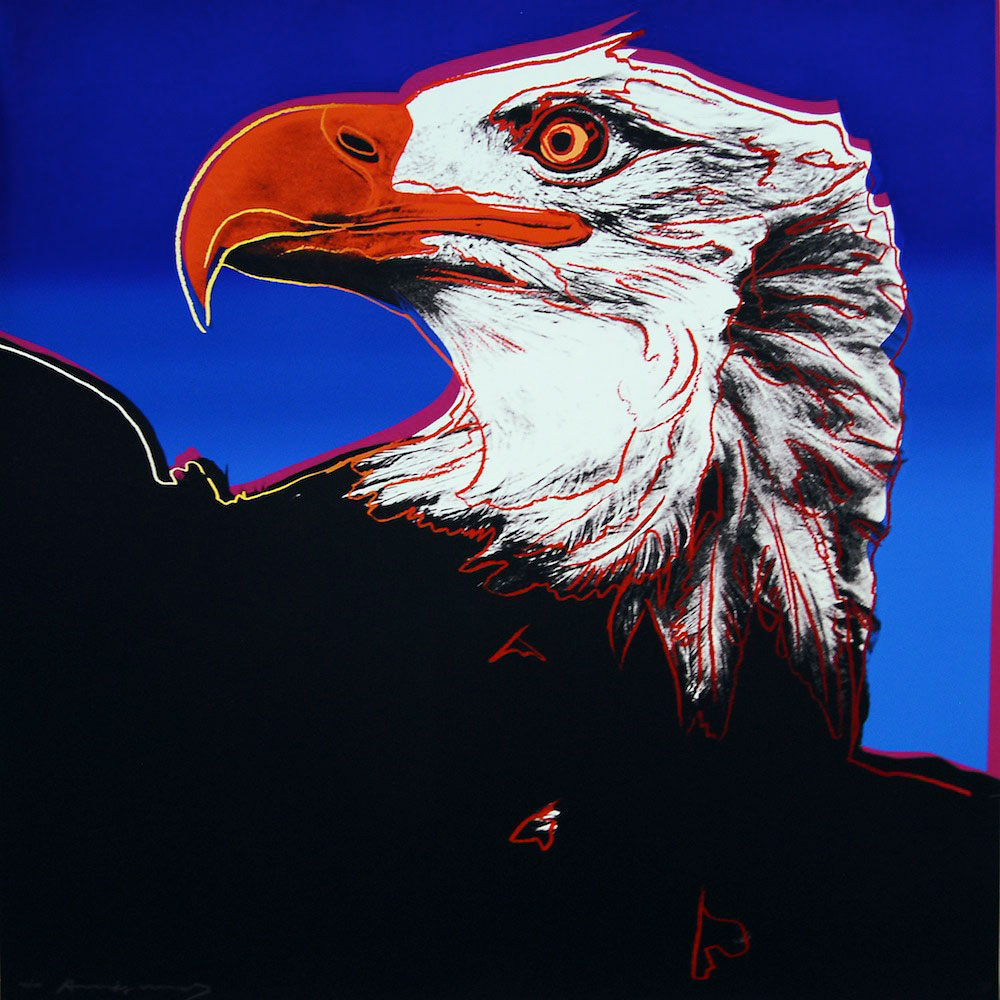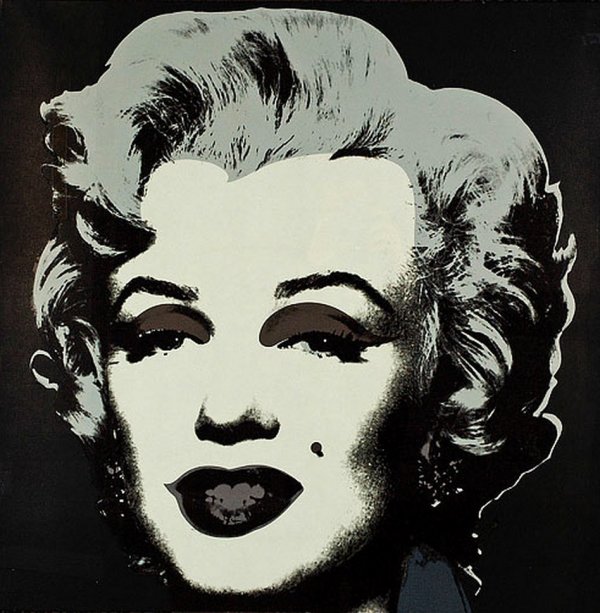Andy Warhol Screenprinting – The Revolution
This article is part of the Discover Prints series where we share with you interesting articles written by experts that aim to inform and delight you about the world of prints. Andy Warhol Screenprinting – The Revolution is brought to you by Revolver Gallery, Beverley Hills, USA.
As many know, Andy Warhol is renowned for his contribution to the Pop Art movement as an iconoclastic leader who chose to elevate everyday objects and celebrities as subjects of fine art masterpieces. What also made him a modern art revolutionary was not simply the subjects he chose, but the techniques and mediums in which he represented his nontraditional subjects. As he appropriated seemingly mundane objects to works of art, Andy Warhol appropriated the process of screenprinting from being an industrial technique to one that was used to create valuable works of fine art.

In the 1960’s screenprinting was a virtually untouched technique in the fine arts world. Screenprinting was a lengthy process that required an exorbitant amount of patience and a keen eye for detail. It was also not unanimously understood as an art form, due to the interference of a machine, which created skepticism by many whose traditional views of art required direct contact between the artist and his choice medium. While some artists had experimented with screenprinting or serigraphy in the 1930’s, Andy Warhol is credited with being the artist who popularized the technique as an artistic convention.
One of Warhol’s first silkscreened images was his Marilyn print, which he based off of a photograph from Monroe’s 1953 film, Niagra. This haunting, yet magnetic image of the star, who had recently committed suicide, was a choice subject for Warhol when he began screenprinting. Warhol quickly realized that he could produce art, in a systematic manner (like an assembly line of a factory), which gave rise to the production of his series or portfolios of prints.

His first published series was of none other than Marilyn Monroe. He used the efficiency of the screenprinting technique to his advantage and created multiple versions of the same image, using a variety of different colour compositions. The production of this series served as the precedent and inspired Warhol to create a multitude of different portfolios, ranging in subject matter from soup cans to fictional characters in American pop culture. As Warhol once inquired, “Isn’t life a series of images that change as they repeat themselves?”, which so aptly reflects his philosophy of screenprinting and his trademark employment of repetition.
